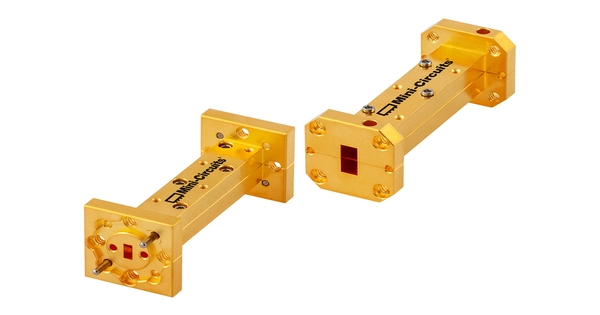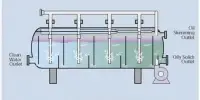A waveguide filter is a type of electronic filter that uses waveguide technology. Waveguides are hollow metal conduits through which an electromagnetic wave can pass. Filters are devices that allow signals at certain frequencies to pass (the passband) while rejecting signals at others (the stopband). Filters are a fundamental component of electronic engineering designs and have a wide range of applications. These include signal selection and noise reduction. Waveguide filters are most useful in the microwave frequency band, where they are small and have low loss. Satellite communications, telephone networks, and television broadcasting are all examples of where microwave filters are used.
A waveguide filter is a type of electronic device that is used in telecommunications and RF (radio frequency) engineering to selectively pass or reject frequencies within a waveguide transmission line. A waveguide is a hollow metallic structure that directs electromagnetic waves. These are commonly used in applications requiring high power handling capacity, low loss, and precise frequency control. Radar systems, satellite communications, wireless networks, and other RF systems frequently use them.
How it Works
Waveguide filters were created during WWII to meet the needs of radar and electronic countermeasures, but they quickly found civilian applications, such as use in microwave links. Much of postwar development focused on reducing the bulk and weight of these filters, first through the use of new analysis techniques that resulted in the elimination of unnecessary components, and then through innovations like dual-mode cavities and novel materials like ceramic resonators.
A waveguide filter works on the basis that it uses the physical properties of the waveguide structure to create resonant cavities or structures that allow specific frequencies to pass through while attenuating others. The frequency response characteristics of the filter are determined by the waveguide’s specific shape and dimensions, as well as the positioning of tuning elements such as irises, posts, or screws.
Types
Waveguide filters are classified into four types: bandpass filters, low-pass filters, high-pass filters, and bandstop filters (also known as notch filters). A bandpass filter allows a specific frequency range to pass through while attenuating frequencies outside of that range. Low-pass filters reduce frequencies above a certain threshold, allowing lower frequencies to pass through. High-pass filters work in the opposite direction, allowing higher frequencies while suppressing lower ones. Bandstop filters reject a specific frequency range while allowing others to pass through.
Advantages
Waveguide filters have several advantages, including high power handling capacity, low insertion loss, high selectivity, and excellent out-of-band rejection. They are well-suited for applications that require high signal quality and interference rejection. Waveguide filters are usually larger and more expensive than their microstrip or lumped-element counterparts. They are frequently used in applications where size and cost are less important than performance requirements.
Waveguide filters are critical components in RF systems because they provide frequency selectivity and signal conditioning to ensure efficient and reliable communication.
















